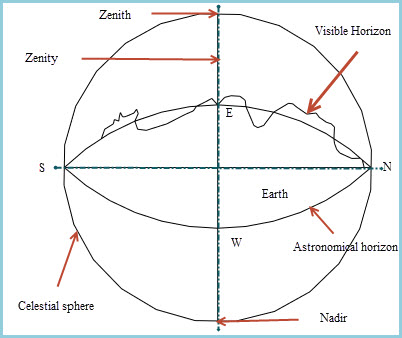Site pages
Current course
Participants
General
Module 1. History and types of greenhouse
Module 2.Function and features of greenhouse
Module 3.Scope and development of greenhouse techn...
Module 4.Location, planning and various components...
Module 5.Design criteria and calculations
Module 6. Construction materials and methods of co...
Module 7. Covering material and characteristics
Module 8. Solar heat transfer
Module 9. Solar fraction for greenhouse
Module 10. Steady state analysis of greenhouse
Lecture 11 Solar Radiation
11.1 INTRODUCTION
The sun is a sphere of intensely hot gaseous matter, continuously generating heat by thermo-nuclear fusion reactions, which convert hydrogen atoms to helium atoms. This energy is radiated from the sun in all directions and a very small fraction of it reaches the earth.
11.2 THE EARTH AND THE SUN
Earth receives radiant energy from sun which is vast and hot mass of hydrogen and helium gases in the proportion of 3:1. In the sun, energy is generated in its central core which may be considered as a giant nuclear reactor.
The sun rotates about its axis but not as a rigid body. The period of rotation varies from about 25 earth days at its equator to about 27 days at 40° latitude. The structure of the sun (Fig 11.1) is generally divided into three regions-solar interior, the photosphere and the solar atmosphere.
The upper layer of convective zone is called the photosphere and it is our source of light and heat. Above the photosphere there is transparent layer of rarefied gas 10000km thick. It is known as the chromosphere because of its red colour resulting from the strong Ha line of hydrogen in the spectrum of the layer, a continuous band of low intensity mainly caused by the scattering of solar radiation. Finally, there is the corona, a whitish glowing layer that may be observed in all in beauty only during total solar eclipses.
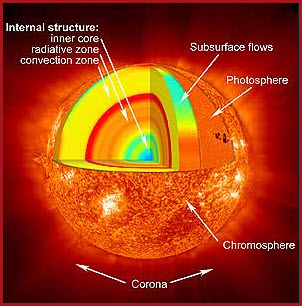
Fig 11.1 Structure of sun
(Source: www.solarviews.com )
The characteristics of the sun and its spatial relationship to the earth result in a nearly fixed intensity of solar radiation outside the earth’s atmosphere. (Fig 11.2) shows schematically the geometry of the sun-earth relationship. The distance between the earth and the sun varies by ± 3% and the radiation incident varies inversely with the square of the earth -sun distance, the earth receives about 7% more radiation when it is nearest to the sun. The sun subtends an angle 32¢
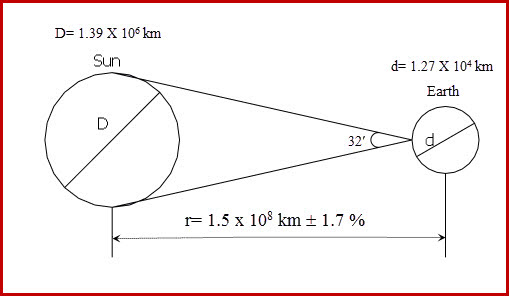
Fig 11.2 Schematic of sun earth relationship
The Solar Constant (Isc): The total energy received from the sun, per unit time, on a surface of unit area kept perpendicular to the radiation, in space, just outside the earth’s atmosphere when the earth is at its mean distance from the sun. The value of the solar constant has been measured by various investigators to range from 1350 to 1382 W/m2 . Arbitrarily value of the solar constant is taken as 1353 W/m2.
11.3 SOLAR RADIATION AT THE EARTH’S ATMOSPHERE
For utilization of solar energy we are more interested in the energy received at the earth’s surface than in the extra- terrestrial energy. In order to study solar radiation received at the earth’s surface following terms need to be studied.
Beam solar radiation: The portion of the incident solar radiation which comes directly from the apparent solar disc, without reflection from other objects, is called direct or beam radiation. These radiations are received from the sun without change in direction.
Diffuse radiation: The solar radiation which is received from the sun after its direction has been changed by reflection and scattering by the atmosphere. It is defined as the solar radiation scattered by aerosols and dust molecules. It does not have a unique direction.
The total solar radiation or global solar radiation: All solar radiation incident on a surface including scattered, reflected, and direct. Total solar radiation does not include radiation that has been absorbed by matter and then re-emitted because most of this radiation is at longer wavelengths 3 mm.
Sun at Zenith: Position of the sun directly overhead
Air mass (m): It is the path length of radiation through the atmosphere considering the vertical path at sea level as unity.
Attenuation of beam radiation: The variation in solar radiation reaching the earth than received at the outside of the atmosphere is due to absorption and scattering in atmosphere.
Absorption: As solar radiation passes through the atmosphere the short wave ultraviolet rays are absorbed by the ozone in the atmosphere and the long wave infra- red waves are absorbed by the carbon dioxide and moisture in the atmosphere and long wave infrared waves are absorbed by the carbon dioxide and moisture in the atmosphere. This results in the narrowing of the band width.
Scattering: As solar radiation passes through the earth’s atmosphere, the components of the atmosphere, such as water vapour and dust, scatter a portion of the radiation. A portion of this scattered radiation always reaches the earth’s surface as diffuse radiation. Thus the radiation finally received at the earth’s surface consists partly of beam radiation and partly of diffuse radiation.
11.4 BASIC EARTH SUN ANGLES
Celestial sphere: Considering the sky in the clear night, it appears that the stars, planets, moon etc. are all located at the same distance away from the observer. The sky may conveniently be assumed to be a large sphere. This imaginary sphere is called the celestial sphere.
Fig 11.3 Basic Earth Sun angles
Zenith: Zenith is a point on the celestial sphere directly over the observer’s head. The zenith would change with respect to the location.
Nadir: The point of the celestial sphere diametrically opposite to the zenith. Nadir would also change with respect to the location. Unlike zenith nadir is not visible.
Visible Horizon: It appears to be an observer that the celestial sphere meets the ground, the location of this apparent meeting is called the visible horizon.
Astronomical Horizon: Because visible horizon is uneven, so we cannot define a location in the sky with reference to it. It is therefore necessary to define a horizon, the same distance away from the zenity. It is an even circle which may be either below or above the horizon. This is shown as astronomical horizon and can be obtained by manage in all directions from the zenity, an angular distance of 90°.
Poles of the earth: The ends of the axis of rotation of the earth mark two important points on the earth’s surface. They are called the poles of the earth, one as North, while the other as South.
Earth’s equator: It is an imaginary great circle normal to the earth’s axis dividing the distance between the earth’s poles among its surface into two equal parts. The equator divides the earth into two hemisphere called Northern and Southern hemispheres.
Meridian: It is necessary to select some reference location on the earth for locating a particular position. The location of the Royal Laboratory Greenwich, outside of London has been universally accepted as a reference point. An imaginary great circle passing through this point and the two poles, intersecting the equator at right angles, is called the prime (Greenwich) meridian.
Longitude: It is the angular distance of the location, measured east or west from the prime meridian.
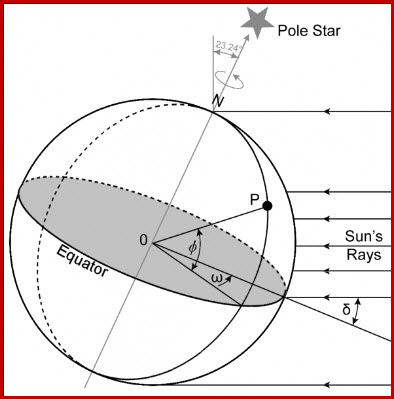
Fig 11.4 Latitude, hour angle and sun’s declination
(Source: www.itacanet.org )
The fundamental angles are shown in fig 11.4. The position of point P on the earth’s surface with respect to the sun’s rays is known at any instant if the latitude (Ø) and hour angle (ω) for the point, and the sun’s declination (δ) are known.
The latitude (Ø) of a point on the surface of the earth is, it’s angular distance north or south of the equator measured from the centre of the earth.
The hour angle (ω) is the angle through which the earth must turn to bring the meridian of a point directly in line with the sun’s rays.
The sun’s declination (δ) is the angular distance of the sun’s rays north (or south) of the equator. It is the angle between a line extending from the centre of the sun to the centre of the earth, and the projection of this line upon the earth’s equatorial plane.
The declination, in degrees, for any given day may be calculated from the approximate equation of Cooper (1969)

Where, n is the day of the year.
11.5 DETERMINATION OF SOLAR TIME
Time as measured by apparent diurnal motion of the sun is called apparent solar time or solar time. It is that would be shown by solar dial whereas a civil day is precisely 24 hours, a solar day is slightly different due to irregularities of the earth’s rotation, obliquity of the earth orbit and other factors, in other words due to elliptical shape of the earth’s orbit and to its increase in velocity at the perihelicon, the length of the apparent solar day i.e. the interval between two successive passages of the sun through the meridian, is not constant. Local civil time may deviate from true solar time by as much as 4.5° because even if the length of any apparent solar day and its corresponding mean solar day differ little, the effect is cumulative.
The difference between local solar time and local civil time is called the equation of time. Thus,
LST=LCT + Eq. of time
Local civil time can be derived from the Indian standard time with the help of the following equation:
![]()
And solar time
![]()
(+sign for west and – sign for east)
Where,
E= the equation of time in minutes
Lst= the standard meridian for the local time zone
Llocal = the longitude of the location in question in degrees east or west.
Positive sign is for western and negative sign for eastern hemisphere. Hence for India, negative sign is taken and hence equation becomes
LST = Indian standard time +E- (Lst-Llocal) X 4
11.6 DERIVED SOLAR ANGLES
1. Altitude angle (a) : It is a vertical angle between the projection of the sun’s rays on the horizontal plane and the direction of sun’s rays (passing through the point)
2. Zenith angle (qZ) = It is complementary angle of sun’s altitude angle. It is the vertical angle between the sun’s rays and line perpendicular to the horizontal plane through the point i.e. the angle between the beam from the sun’s rays and a line perpendicular to the horizontal plane through the point, i.e. the angle between the beam from the sun and the vertical.
3. Solar azimuth angle (gz): It is solar angle in degrees along the horizon east or west of north or it is a horizontal angle measured from north to the horizontal projection of the sun’s rays this angle is positive when measured westwise.
4. Surface azimuth angle (g): It is the angle of deviation of the normal to the surface from the local meridian, the zero point being south, east positive and west negative
5. Incident angle (q): It is the angle being measured between the beam of rays and normal to the plane.
6. Slope (s): The angle between the horizontal and the plane
11.7 SUNRISE, SUNSET AND DAY LENGTH
At the time of sunrise (or sunset), the zenith angle, qz =90°.
Sunrise hour angle,

The day length is

11.8 SOLAR ENERGY MEASURING EQUIPMENT
1. Pyrheliometer: A pyrheliometer is an instrument for measuring the intensity of direct solar radiation at normal incidence; it can either be a primary standard instrument or secondary instrument scaled by reference to a primary instrument. It is a small telescope like device mounted on a drive mechanism that causes it to follow the sun throughout the day.
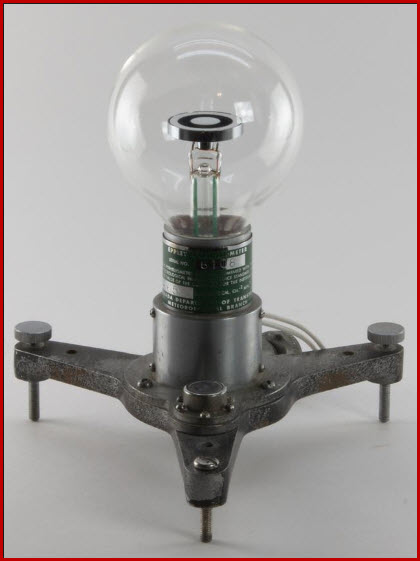
Fig 11.5 Eppley Pyrheliometer
(Source: www.lampes-et-tubes.info )
2. Pyranometer: A pyranometer is an instrument for the measurement of the solar radiation received from the whole hemisphere. It is suitable for the measurement of the global or sky radiation usually on a horizontal surface.
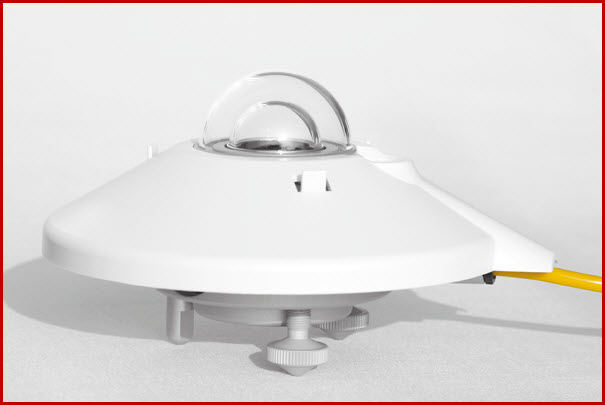
Fig 11.6 Pyranometer (Make Kipp & Zonen)
(Source: www.kippzonen-blog.nl )
3. Pyrgeometer: A pyrgeometer is an instrument for measurement of terrestrial radiation only.

Fig 11.7 Pyrgeometer
(Source: http://en.wikipedia.org)
4. Pyradiometer: A pyradiometer is an instrument for the measurement of both solar and terrestrial radiation, i.e. for net atmospheric radiation on a horizontal upward facing black surface at the ambient air temperature

Fig 11.8 Pyradiometer
(Source: www.eko-eu.com )
5. Sunshine Recorder: Sunshine recorder is used to measure the duration in hours of bright sunshine during the course of the day. It essentially consists of a glass sphere mounted in a section of spherical brass bowl with grooves for holding the recorder cards. The sphere burns a trace on the card when exposed to the sun, the length of trace being a direct measure of duration of bright sunshine. There are set of grooves for taking three sets of cards, long curved for summer, short curved for winter and straight cards at equinoxes.

Fig 11.9 Campbell-strokes Sunshine recorder
(Source: http://en.wikipedia.org )
References:
1. Rai G.D. (2011): Solar Energy Utilization Khanna Publishers.
